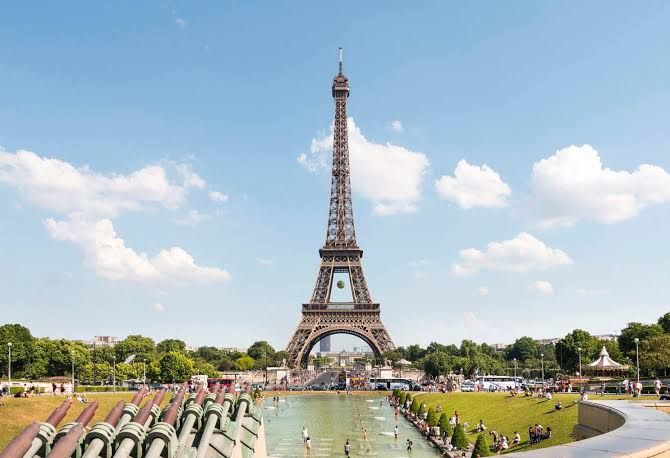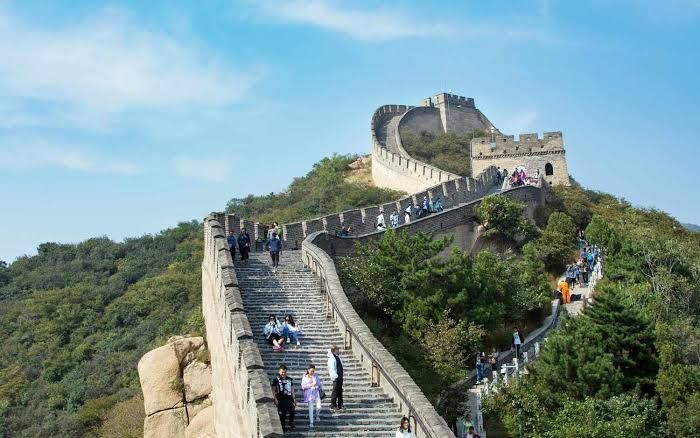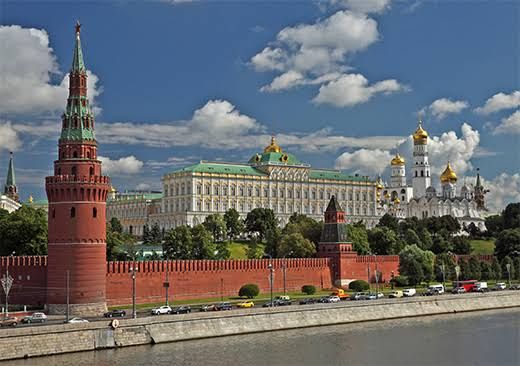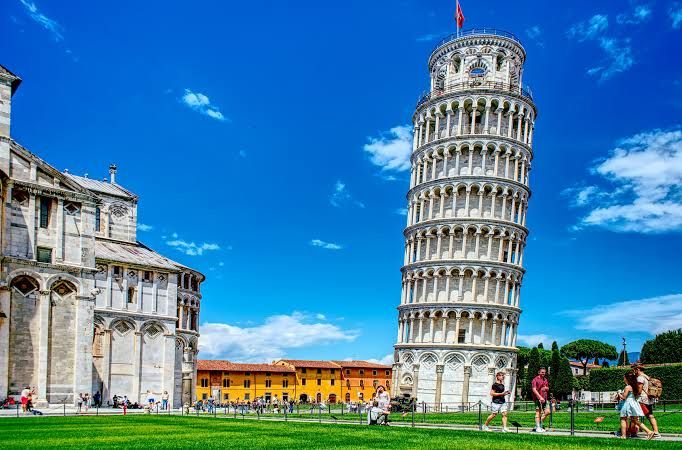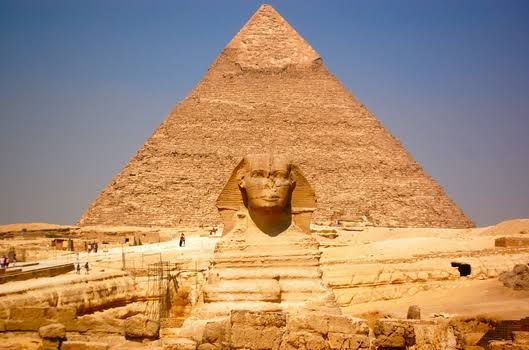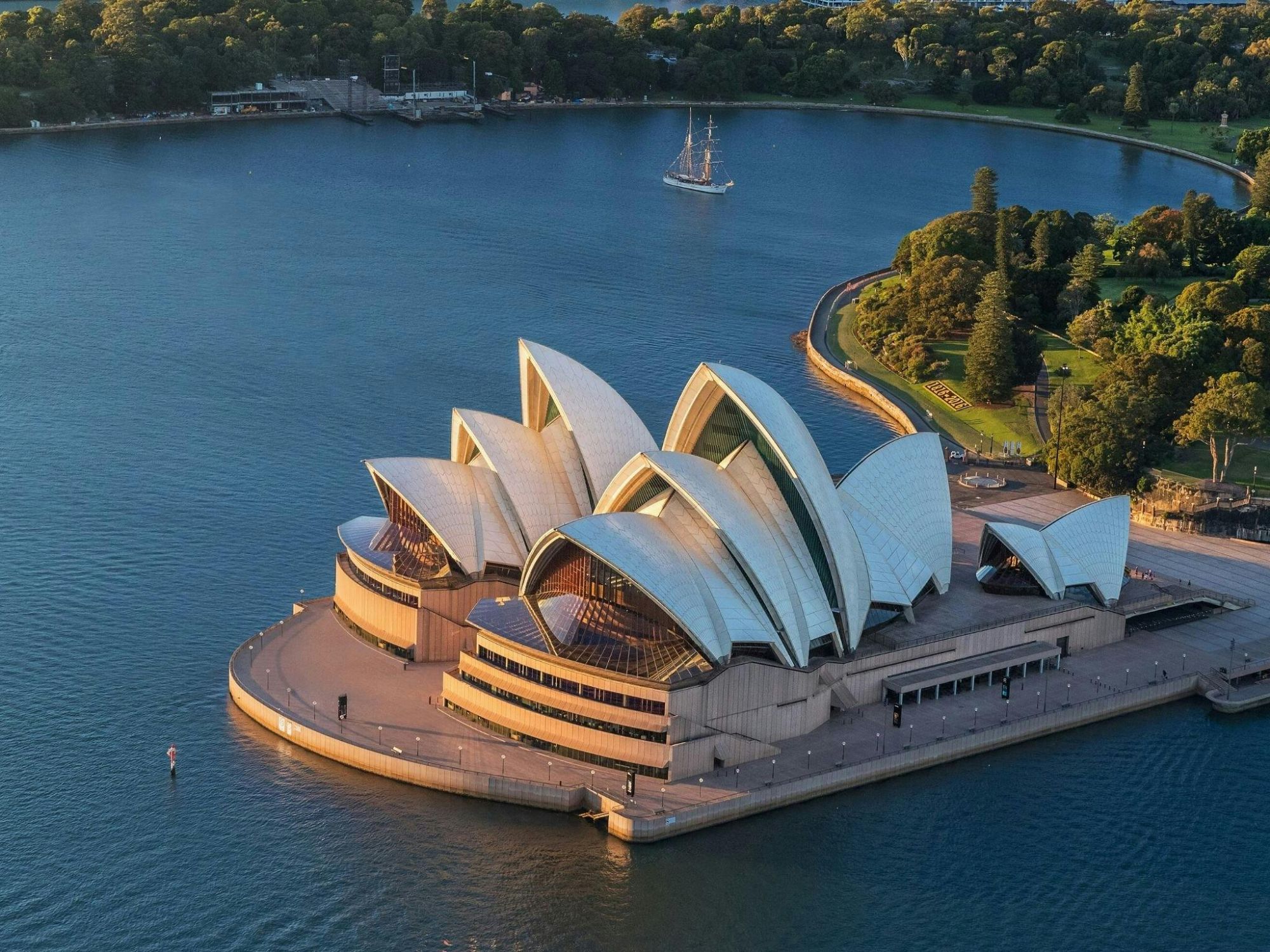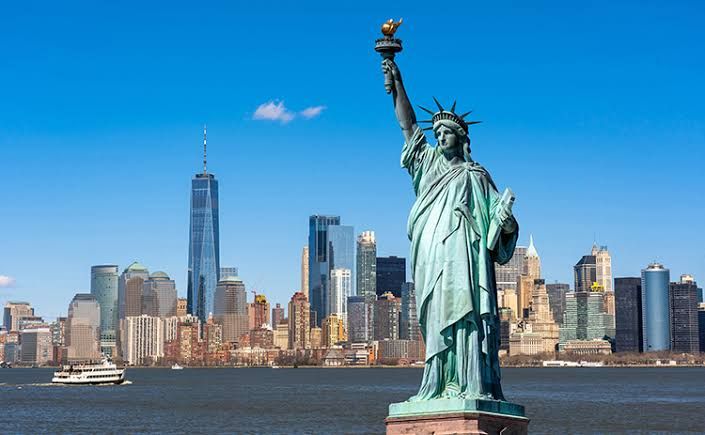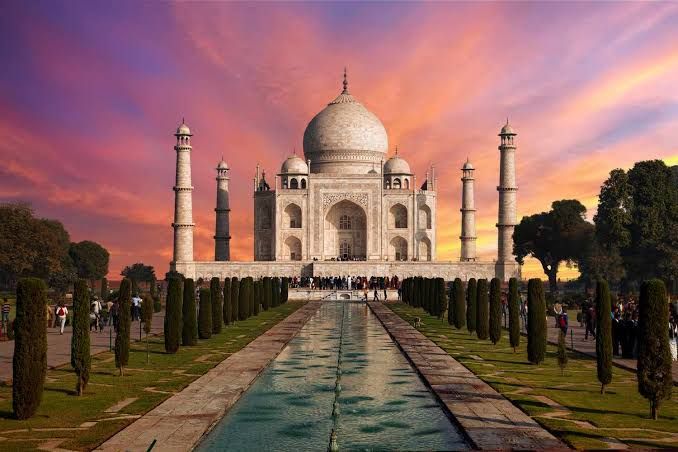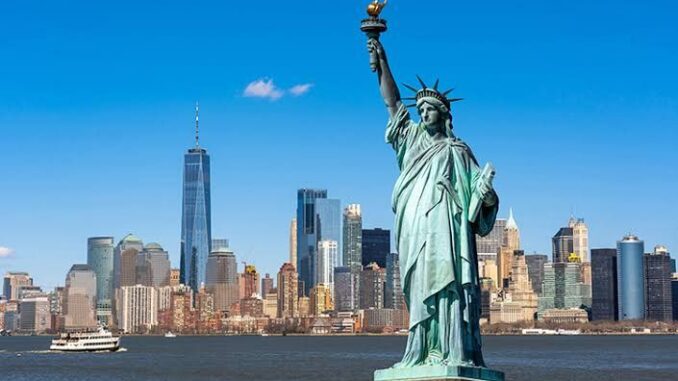
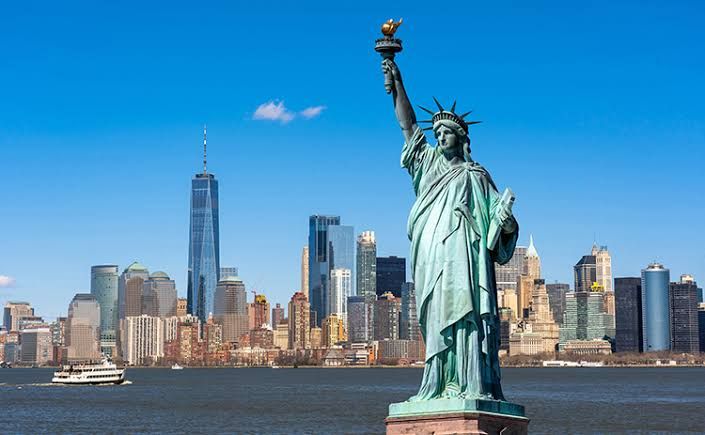
 Landmarks allow us to really feel a place. Natural beauty and monuments enable us to relate to a place and motivate travel all around the world. Every one of these landmarks is a symbol of their respective nations or towns and their past.Although their names will surely be recognized, you won’t be able to really appreciate their amazing beauty until you are actually facing one of them. One really has to witness the amazing, magnificence of these world-class sites to believe.
Landmarks allow us to really feel a place. Natural beauty and monuments enable us to relate to a place and motivate travel all around the world. Every one of these landmarks is a symbol of their respective nations or towns and their past.Although their names will surely be recognized, you won’t be able to really appreciate their amazing beauty until you are actually facing one of them. One really has to witness the amazing, magnificence of these world-class sites to believe.
List Of Top 10 Most Famous Landmarks In The World
1. Eiffel Tower in France
Standing in Paris’ city center is this three-story metal skyscraper. Built for the 1889 World Fair (Universal Expo), it commemorated the 100th anniversary of the French Revolution. Auguste Eiffel and colleagues of engineers built the 324-meter/1062-foot Eiffel Tower. There are 704 steps to climb if you would want to ascend to the second floor’s tower observation platform, but fortunately lifts exist in every one of the legs. Since its opening, around 250 million people have visited the tower; in 2016, more than 7 million guests were greeted on the top platform! Additional information regarding the Eiffel Tower and facts for young people about the well-known monument here.
2. Great Wall Of China
Among the seven wonders of the globe is the Great Wall. It spans China in portions over a somewhat great distance. Given its length of almost 21,196 km/13,171 miles, the wall is also known as “Long Wall”. It was constructed with earth, bricks and tiles, stones, and wood as well. Although the wall was finished in 1644, it took more than 2,000 years. Built to guard the nation against attacks from nomads and adversaries and to facilitate the collecting of duty on products carried over the Silk Road, there are more than 20,000 watchtowers along the wall.
3. Kremlin In Russia
Part of the Kremlin complex, the Grand Kremlin Palace is situated in Russia’s capital city Moscow near St Basil’s Cathedral and Red Square. Built beside the Moskva River, the Kremlin is a fortification with encircling walls. The term “Kremlin” suggests “fortress inside a city”. Along with four churches and five palaces inside the walls, the more than 500-year-old Kremlin comprises the wall with its 20 towers. Originally the Tzars lived in the Kremlin. The Russian president lives here today. With its nine brilliantly coloured onion domes, the Cathedral of Vasily the Blessed usually known as Saint Basil’s Cathedral is readily identifiable.
4. Leaning Tower of Pisa in Italy
Among the main attractions of Italy are the Leaning Tower of Pisa. Built over approximately two hundred years and completed in 1399, the Pisa Cathedral’s freestanding bell tower was The tower’s initial height was 60 meters/196ft, however as it leans the lowest side is currently less than 56 meters/184ft. Given the fragile, sandy, unstable soil, the building immediately generated several issues. The tower tilted like many other buildings in the vicinity did, even though the builders tried to balance the leaning side with more columns on the opposite side already during construction. Stronger soil under the tower helped it to be strengthened in 2000. Quite an incredible experience to walk up the 251 stairs to the viewing platform at the top of the tower. Of course, also “hold” the tower by snapping a picture of you from the grasslands next by.
5. Great Pyramid Of Giza In Egypt
One of the Seven Wonders of the Ancient World, the Great Pyramid of Giza close to Cairo is the only one still standing. Built of stone and bricks, the pyramids flank Cairo, the capital of Egypt. During the period the Egyptian pyramids were constructed, manual labor was the only tool at hand; machine lifting equipment was not accessible. Built to shelter the dead of the pharaoh reigning over ancient Egypt, the pyramids The iconic monument of a lion body with a pharaoh’s head lies next to the Giza pyramids: the Sphinx.
6. Sydney Opera House In Australia
Built in Australia’s largest city, the Sydney Opera House is well-known for its shell-like sails on its roof. Built between 1959 and 1973, Jørn Utzon from Denmark designed the opera building. There are around a million roof tiles on top. Sweden produced these. The opera house features a number of performance halls, theater and exhibition areas. Here every week, around forty shows are produced. Over 8 million people visit this Australian icon each year! Every nightfall the roof creates a brilliant display. Further information on the opera house.
7. Statue Of Liberty In The USA
Made of a copper skin iron construction, the Statue of Liberty is 92 meters/305 feet high. Frederic Auguste Bartholdi created the Lady Liberty monument; Alexandre Gustave Eiffel, who also designed the Eiffel Tower, created the huge iron skeleton of the woman. Built and finished in France in 1884, the monument represents After then, the monument was broken down into 350 parts and transported to New York inside 214 crates. On the American Centennial in 1886, the people of France gave the American people a gift—the Statue of Liberty. The crown features seven rays for the seven continents and the flame of the torch is covered in twenty-four carat gold. Faced towards New York City, the monument on Liberty Island on the Hudson River From the pedestal to the head of the monument, you can ascend the 154 steps to enjoy the amazing views over the “Big Apple,” as New York is most affectionately referred to.
8. Taj Mahal In India
Rising on the Yamuna River in Agra, northern India, the Taj Mahal meaning “crown of palaces” in Persian language stands. Shah Jahan, the monarch, directed in 1632 to have Mumtaz Mahal, his preferred wife, a tomb built for her Along with a mosque and a hotel, the Taj Mahal holds the tomb of the wife. White marble and the best material obtained from all throughout Asia have been used in building the Taj Mahal. Precious and semi-precious stones abound in it. Many walls show lines straight from the Quran. The Taj Mahal’s main dome is 35 meters/115 feet; the minarets each stand 40 meters/130 feet. More than 20,000 laborers reportedly erected the monument, and over 1,000 elephants were used for transportation of the heavy construction materials. Every year the tomb draws around 8 million guests.
9. Moai On Easter Island/Chile
Huge monuments on the Polynesian island Rapa Nui are the Moai. Usually referred to as Easter Island, the island is part of Chile. Middle of the Pacific Ocean, the Easter Island lies more than 2,200 miles from Chile. Between 1250 and 1500 the islanders produced about 900 finely carved stone statues. Built mostly from tuff stone and compressed volcanic ash, most of the stone figurines with their large heads were the estimated average fourteen tons, which is more than two elephants! The sculptures range in size, though; some are far smaller and some are considerably more massive. Ten meters or thirty-three feet long, the heaviest stone figure weighs 82 tons! Their height is around four meters or thirteen feet. The great stone sculptures, most of the islanders agree, reflect their forebears. The Rapa Nui people revere three hundred ceremonial platforms and more than 900 massive sculptures. further information here.
10. Machu Picchu In Peru
Renowned Peruvian location Machu Picchu, meaning “Old Mountain” in the native Quechua language, is. Another name it goes under is “The Lost City of the Incas.” Situated in the highlands at more than 2,400 meters/8,000 feet above sea level, the remnants of the Lost City are There are around 200 distinct buildings and constructions on this ruin site. The European conquistadors never found the ruins; until they got to know in 1911 when an American archeologist was guided to the site by residents. Although some view Machu Picchu as a holy location, others believe it previously was the summer vacation spot of an Inca emperor. Built in the 14th century, most likely more than 1,000 people resided there. Over 600 terraces and a well-planned drainage system were constructed around the city as the site is on a mountain ridge and hence always would be in risk of slipping down the slope during rainy season. Since the city’s buildings and constructions were also created without utilizing wheels, it is a stunning sight and a wonderful illustration of Inca engineering! Here more information on Machu Picchu.
